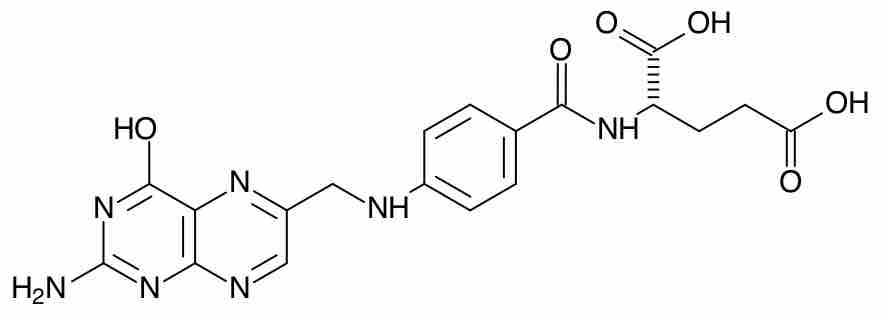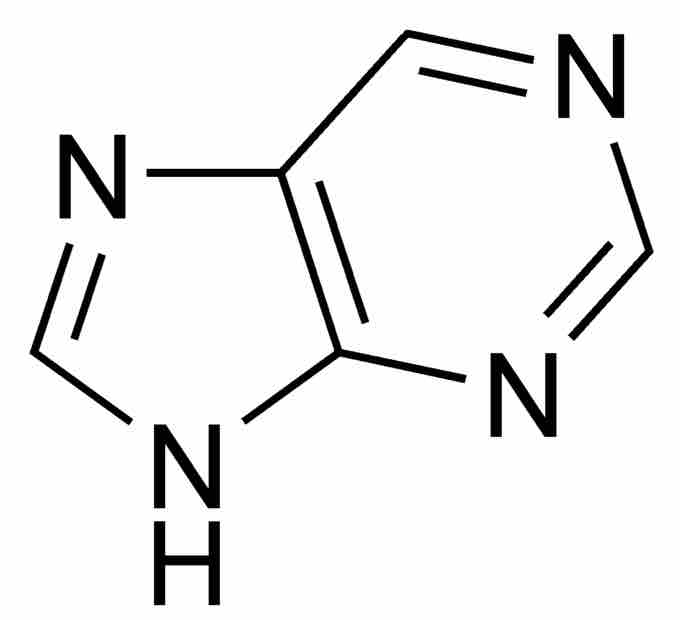An antimetabolite is a chemical that inhibits the use of a metabolite, a chemical that is part of normal metabolism. Such substances are often similar in structure to the metabolite that they interfere with, such as antifolates that interfere with the use of folic acid. The presence of antimetabolites can have toxic effects on cells, such as halting cell growth or cell division.
Antimetabolites are also used as antibiotics. There are three main types of antimetabolite antibiotics. The first, antifolates impair the function of folic acid leading to disruption in the production of DNA and RNA. For example, methotrexate is a folic acid analogue, and owing to structural similarity with folic acid, methotrexate binds and inhibits the enzyme dihydrofolate reductase, and thus prevents the formation of tetrahydrofolate. Because tetrahydrofolate is essential for purine and pyrimidine synthesis, its deficiency can lead to inhibited production of DNA, RNA and proteins.

Folic Acid Structure
This is the chemical structure of folic acid.
The second type of antimetabolite antibiotics consist of pyrimidine analogues which mimic the structure of metabolic pyrimidines . Three nucleobases found in nucleic acids, cytosine (C), thymine (T), and uracil (U), are pyrimidine derivatives and the pyrimidine analogues disrupt their formation and consequently disrupt DNA and RNA synthesis.

Pyrimidine Structure
This is the chemical structure of pyrimidine.
The purine analogues are the third type of antimetabolite antibiotics and they mimic the structure of metabolic purines . Two of the four bases in nucleic acids, adenine and guanine, are purines. Purine analogues disrupt nucleic acid production. For example, azathioprine is the main immunosuppressive cytotoxic substance that is widely used in transplants to control rejection reactions by inhibiting DNA synthesis in lymphocytes.

Purine Structure
This is the chemical structure of purine.